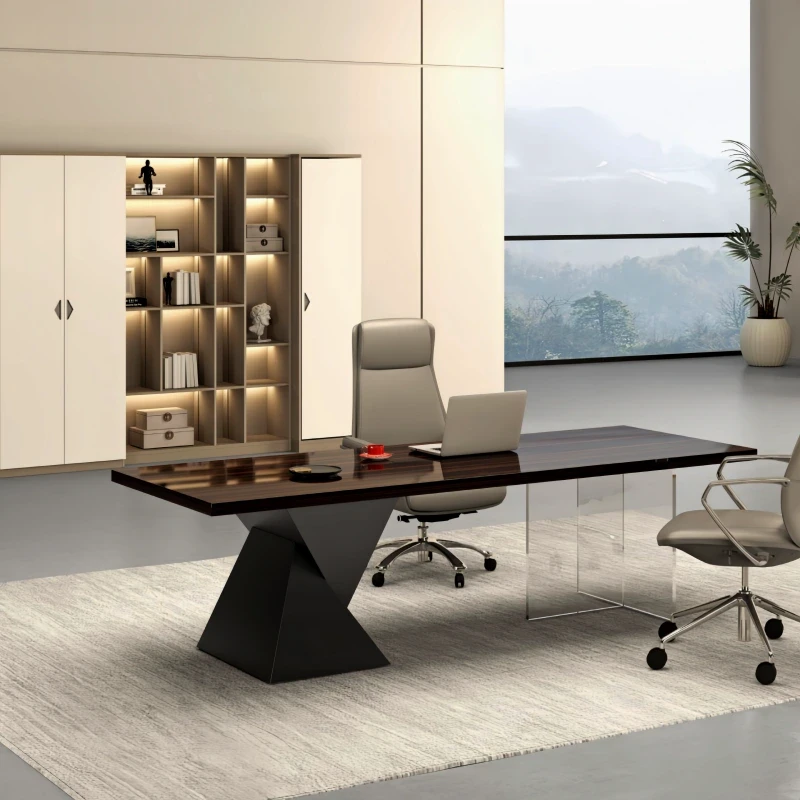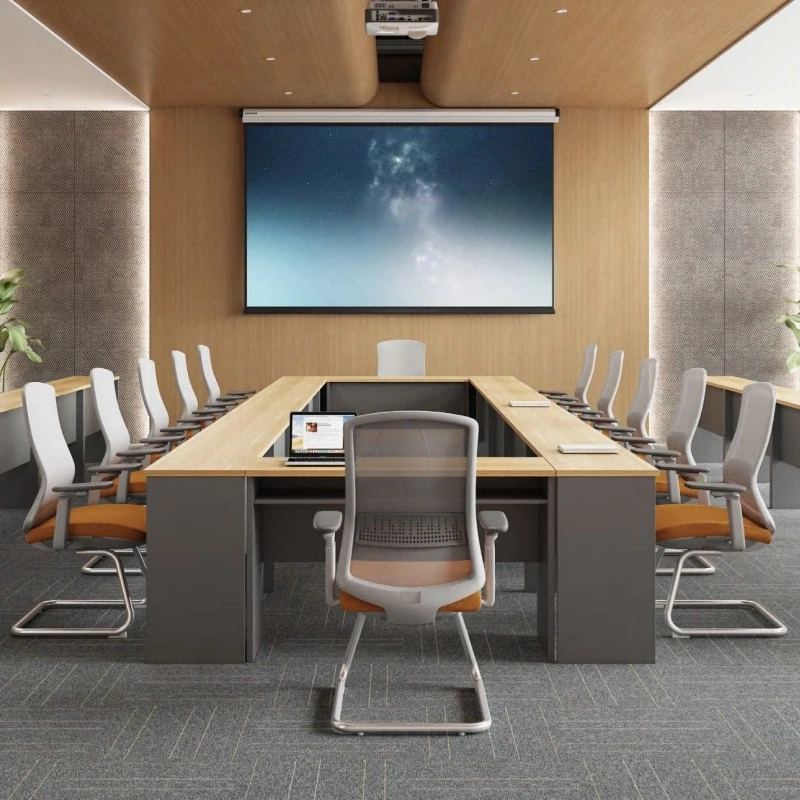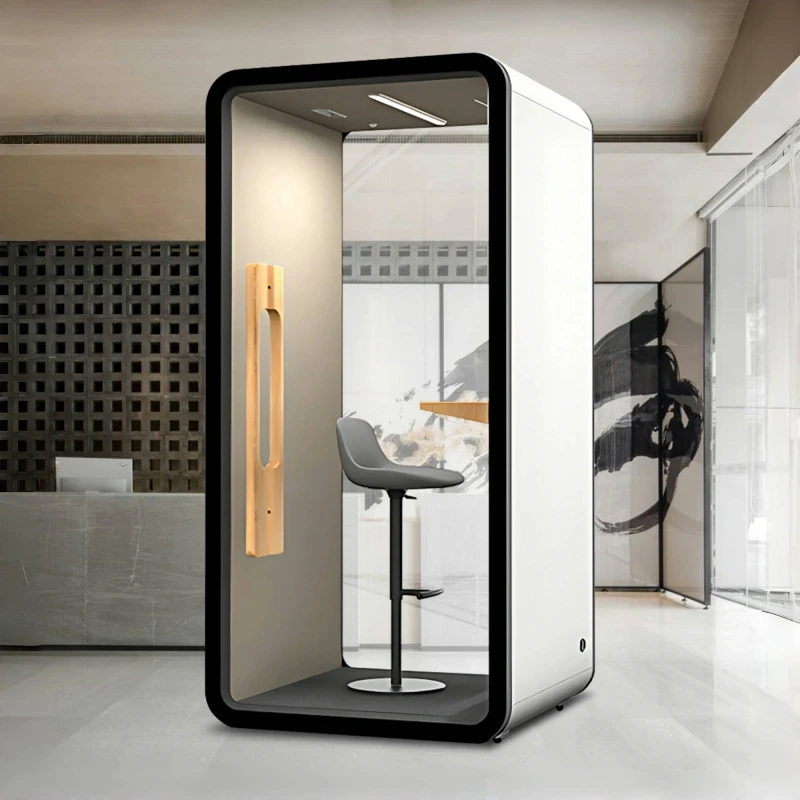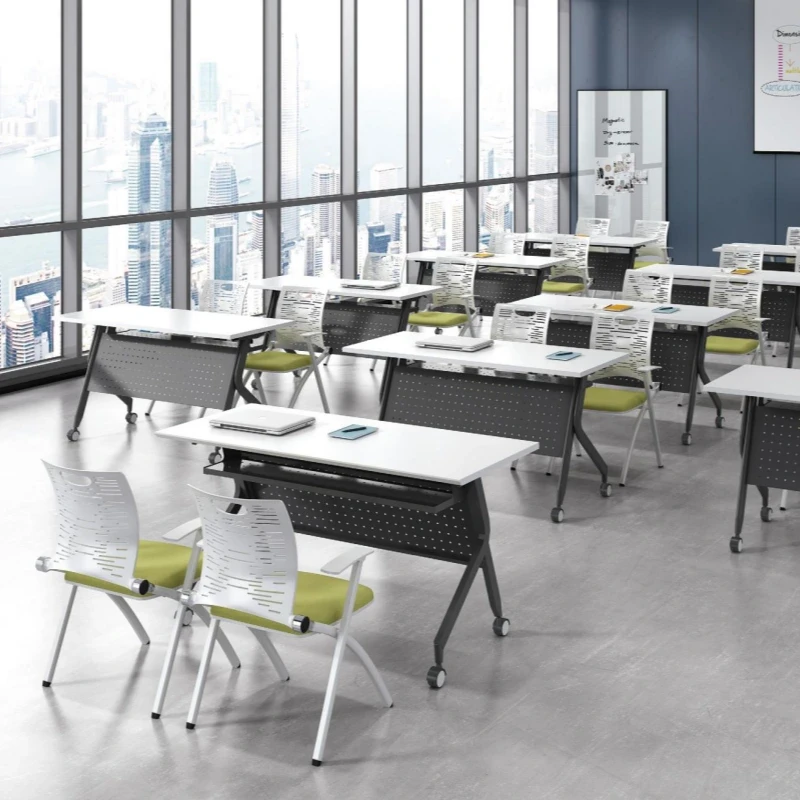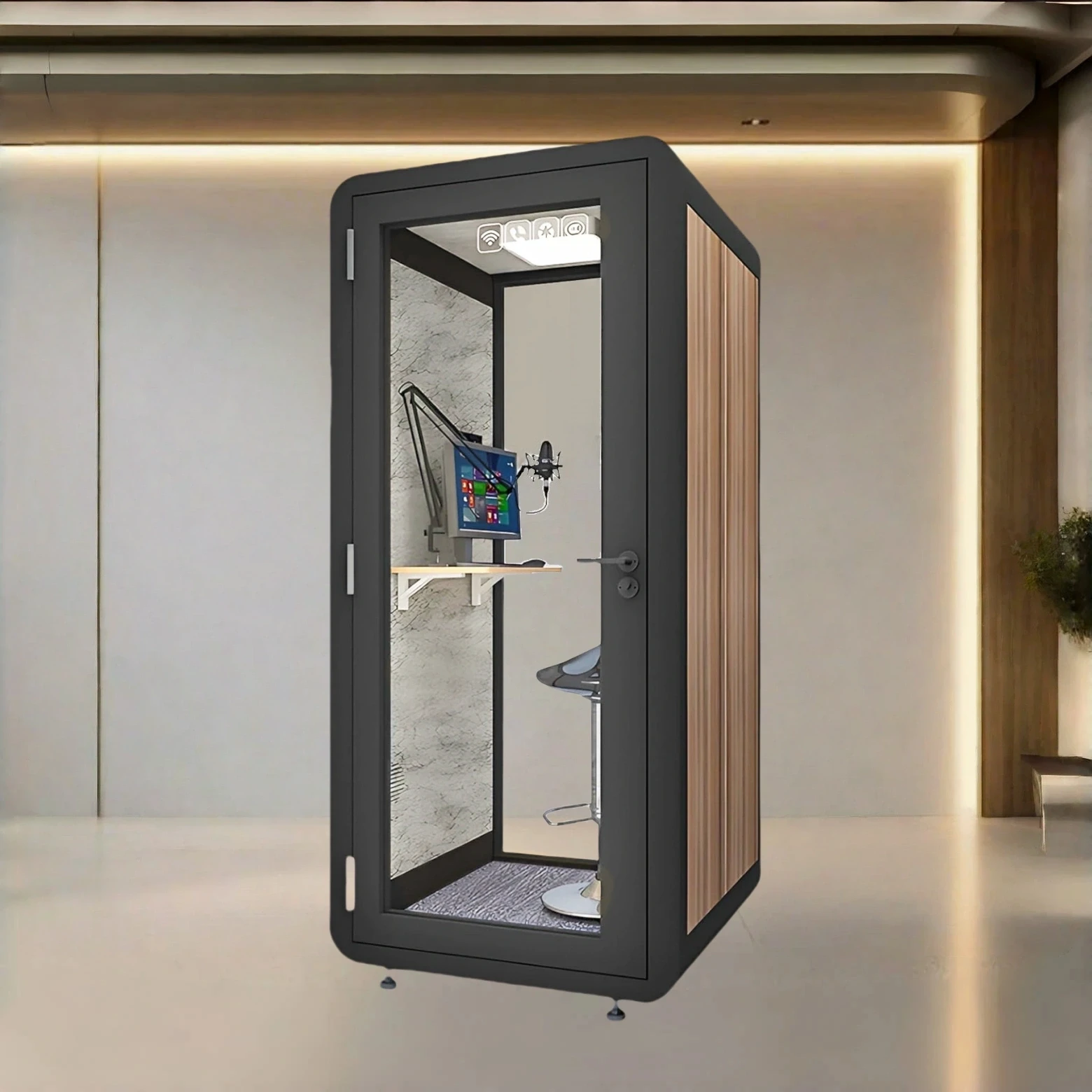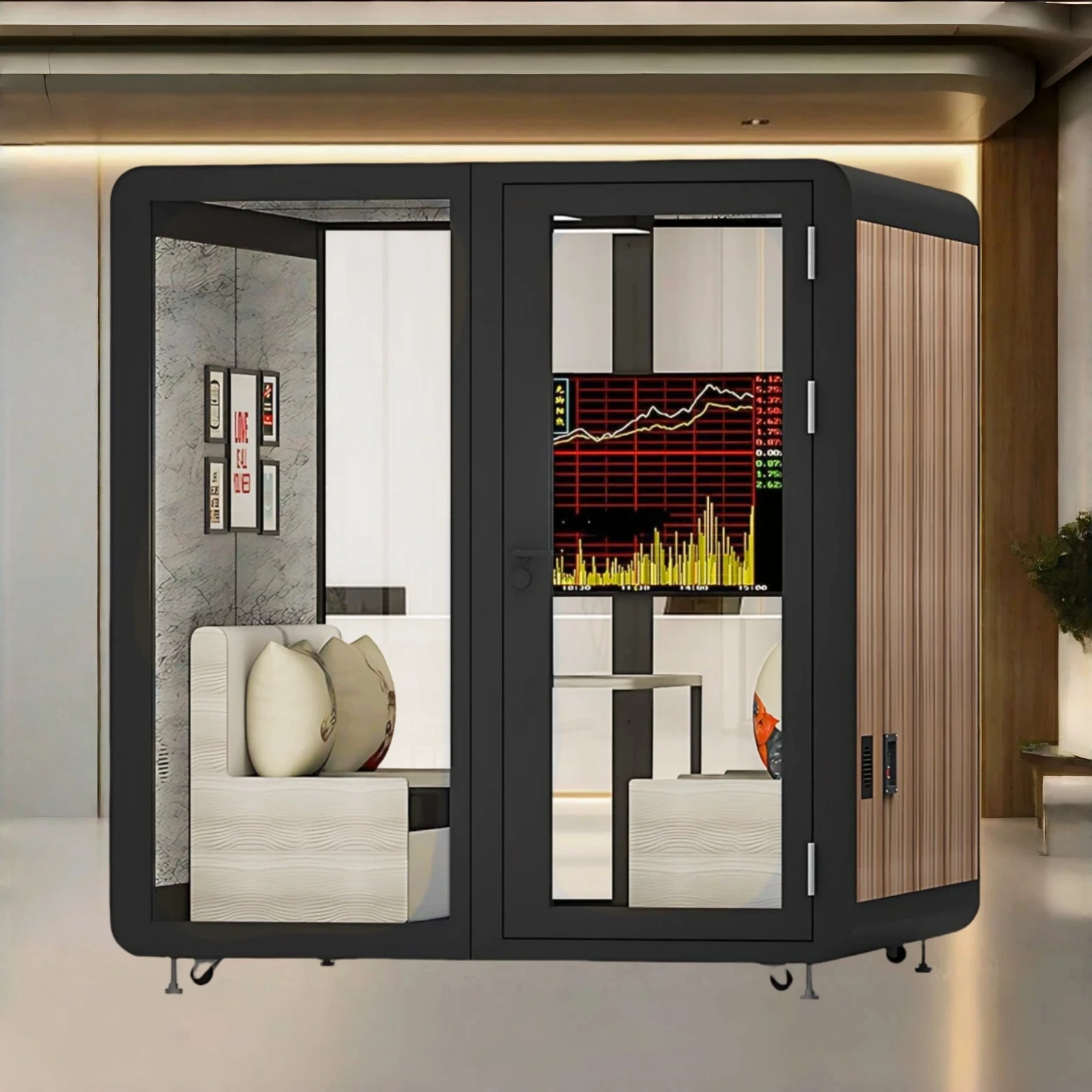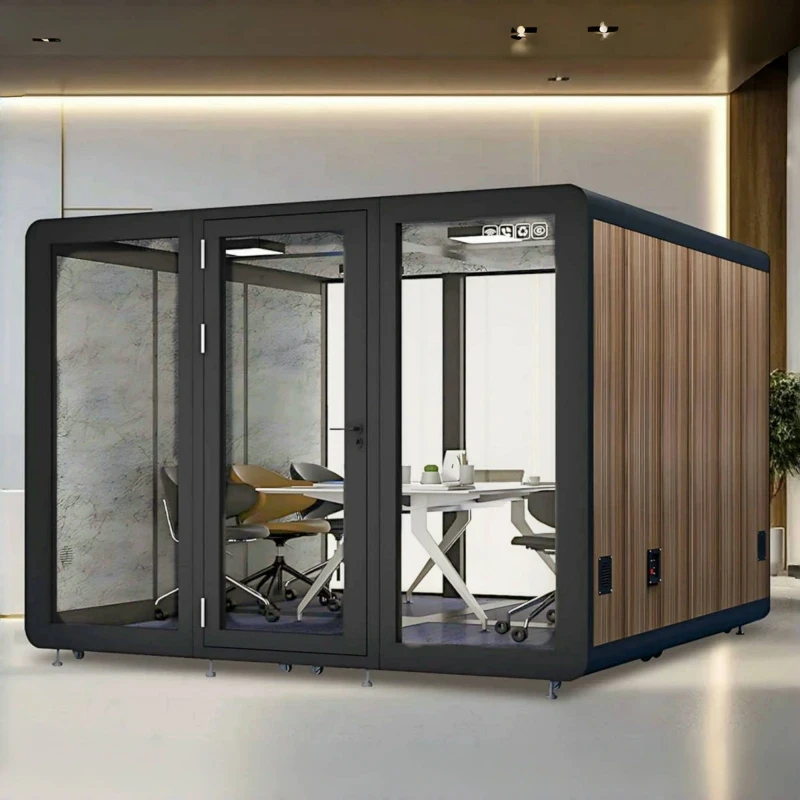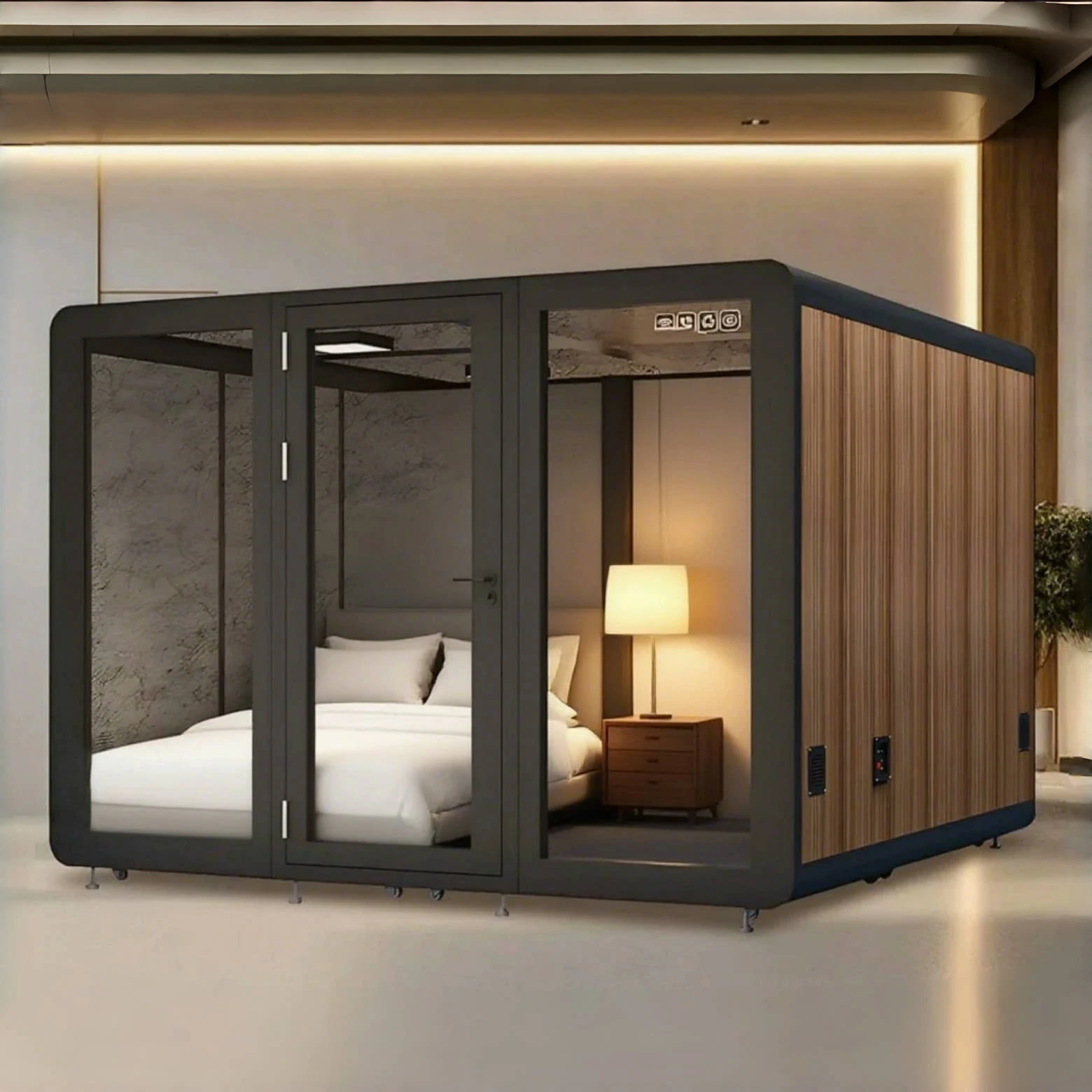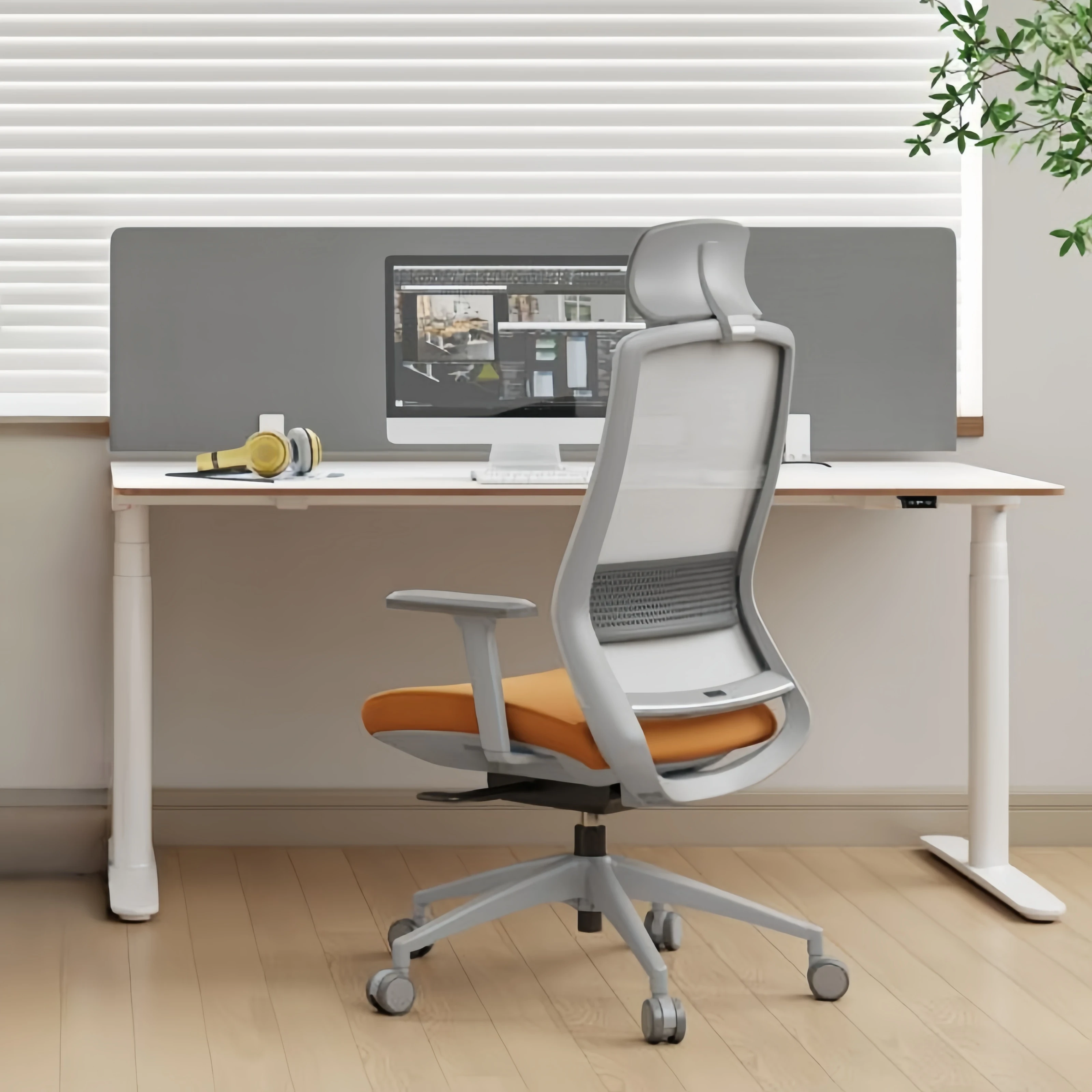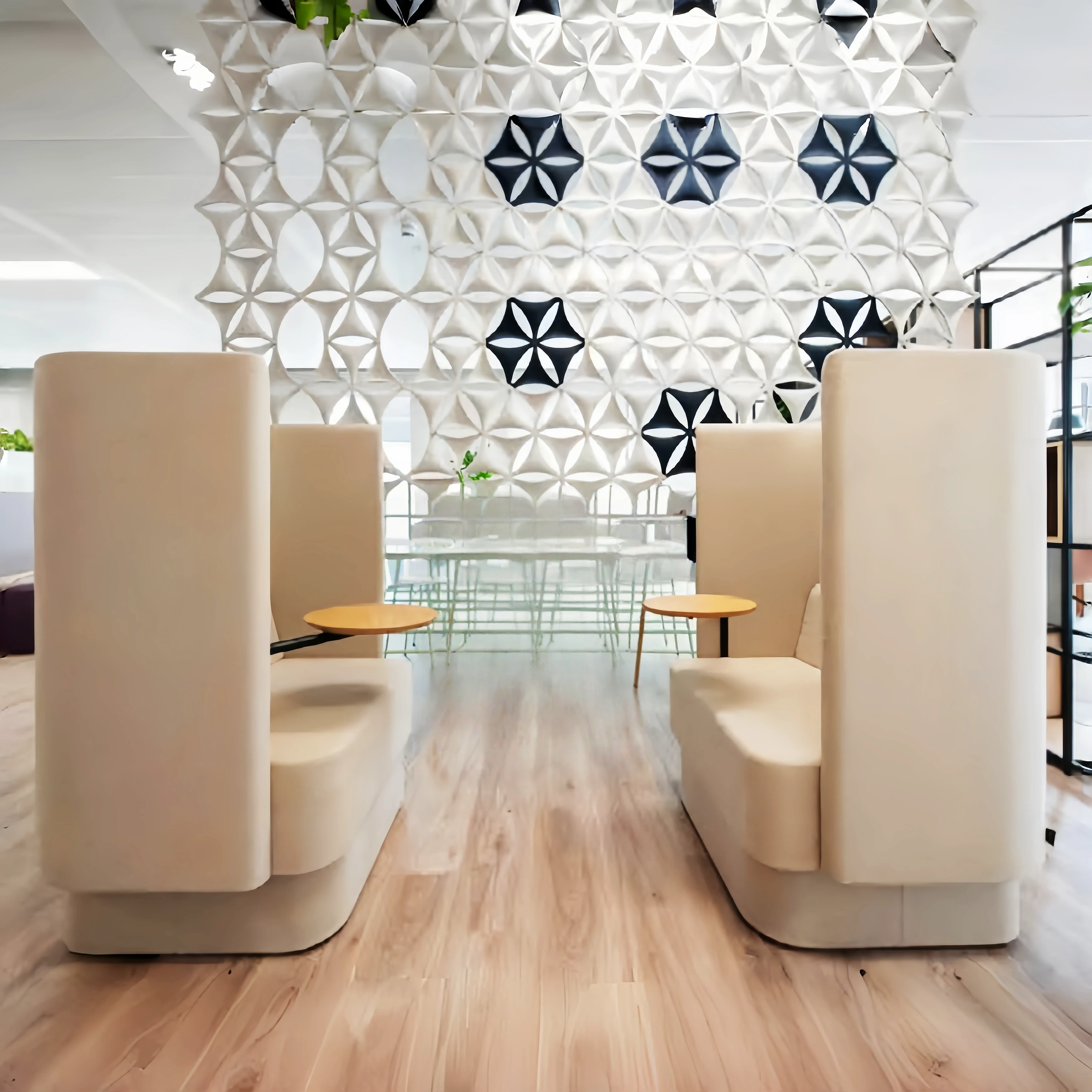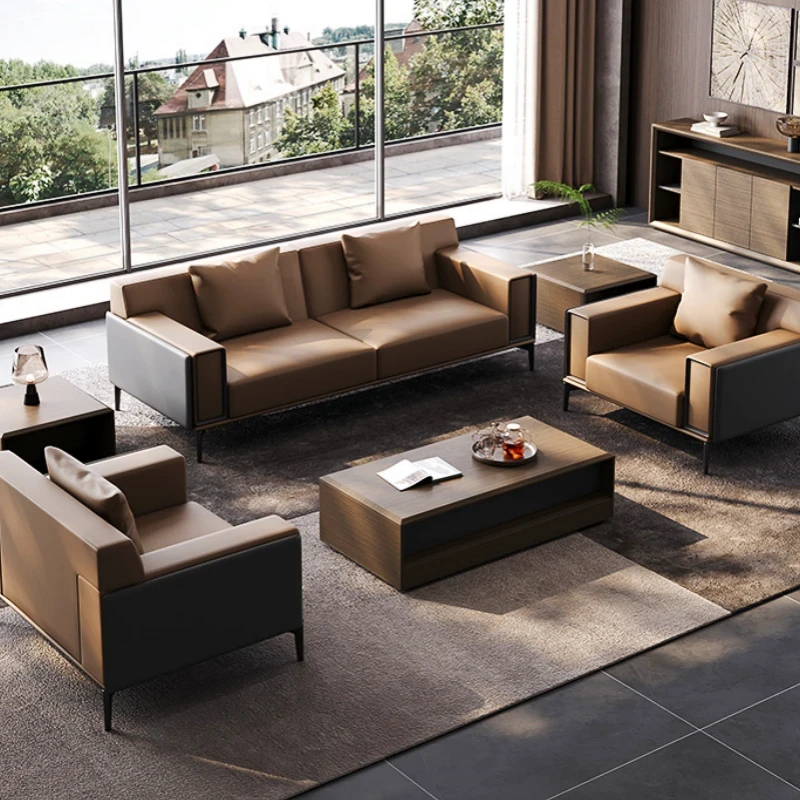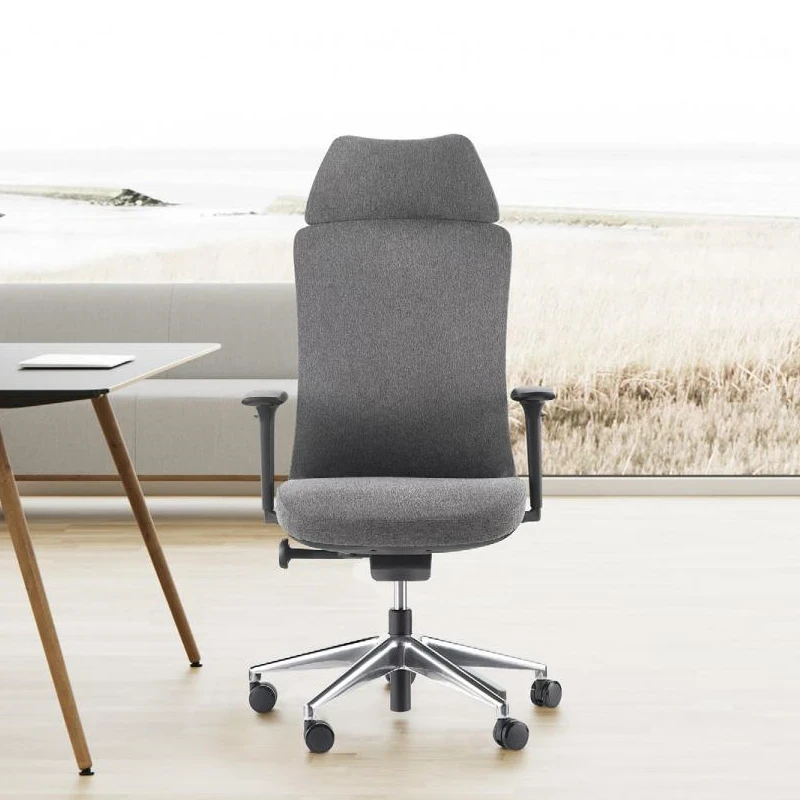As a reflection of the company's image and the CEO's personal style, the CEO's office's design must balance functionality, aesthetics, and cultural appeal. Here are some specific decorating suggestions:
CEO's Office Design
I. Spacious Layout
Privacy: The CEO's office is typically located on a high floor or deep within an office building. This layout helps ensure privacy and provides a quiet, secure, and undisturbed work environment.
Spaciousness: The CEO's office is typically large, ensuring ample space for work, meetings, and rest. Ample space also enhances the company's image.
Functionality: Plan workspaces, meeting areas, and rest areas to meet diverse office needs. The positioning of these functional spaces should facilitate work and meetings while avoiding wasted space.
CEO's Office Design
II. Decorative Style and Color Coordination
Corporate Identity: The decorating style should reflect the company's image, incorporating the corporate logo and showcasing its corporate identity. The CEO's personal interests can also be incorporated to add a touch of liveliness to the office's formality.
Simple and elegant: A minimalist and elegant decorating style helps create a relaxed and natural office space, allowing the CEO to focus on their work. It also easily complements various furniture and decorations.
Color Combination: Choose classic colors such as gray, white, and black to create a stable and restrained atmosphere. Alternatively, incorporate accents such as wood and gold to add a sense of warmth and luxury.
CEO Office Design
III. Furniture and Decorations
Equally prioritize practicality and aesthetics: Choose desks and chairs with high-quality textures and clean lines, as well as comfortable sofas and coffee tables. These pieces are not only practical but also enhance the overall aesthetic of the office.
Customized Furniture: Based on the size and layout of the CEO office, choose customized furniture to maximize space and meet individual needs.
Artwork and Plants: Adding art and plants can add an artistic ambiance and vitality to the space. Plants also help improve indoor air quality and enhance employee comfort.
4. Material and Texture Combination
Eco-friendly Materials: When selecting decoration materials, prioritize eco-friendly ones to reduce environmental impact and enhance employee comfort. For example, choose flooring materials like wood flooring and ceramic tiles with low formaldehyde content, as well as furniture and paint that meet environmental standards.
Texture Combination: By combining different textures, you can create a richer and more three-dimensional spatial effect. For example, for wall decoration, you can choose a combination of wallpaper and latex paint; for flooring, you can choose materials with different textures and colors.
5. Feng Shui Layout (Optional)
In traditional Chinese culture, feng shui has a certain influence on office layout and decoration. The CEO's office layout can adhere to certain feng shui principles to ensure maximum benefits for the company. For example:
The office is ideally square in shape and free of pillars and beams.
Chairs should not face the door, and desks should be located away from windows.
The size of the desk should be appropriate for the space and the CEO's size.
However, it is important to note that feng shui layout is not a scientific method, and its effectiveness varies from person to person. Therefore, while following the principles of Feng Shui, the decoration design should also be based on actual conditions and personal preferences.

 USD
USD
 GBP
GBP
 EUR
EUR

